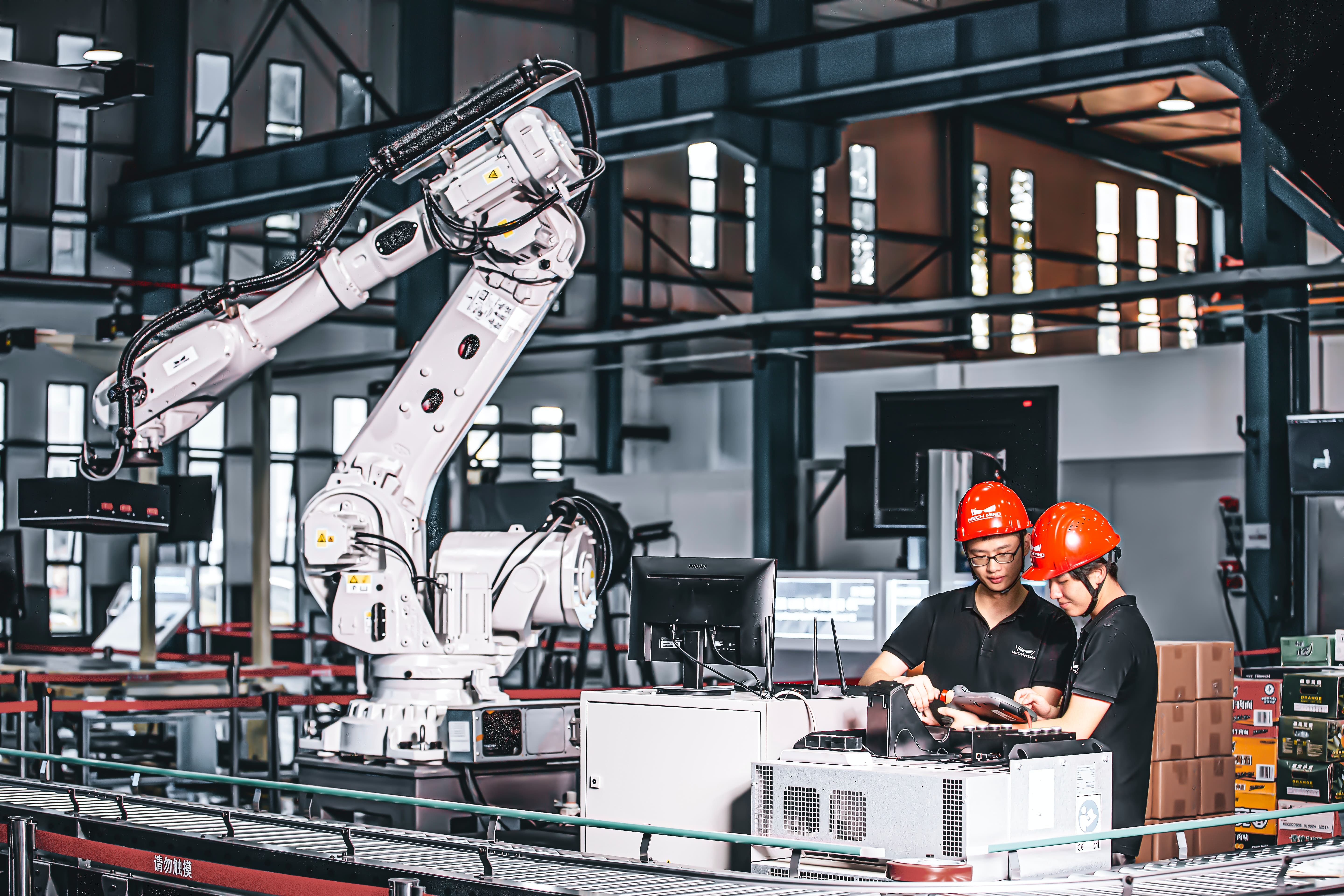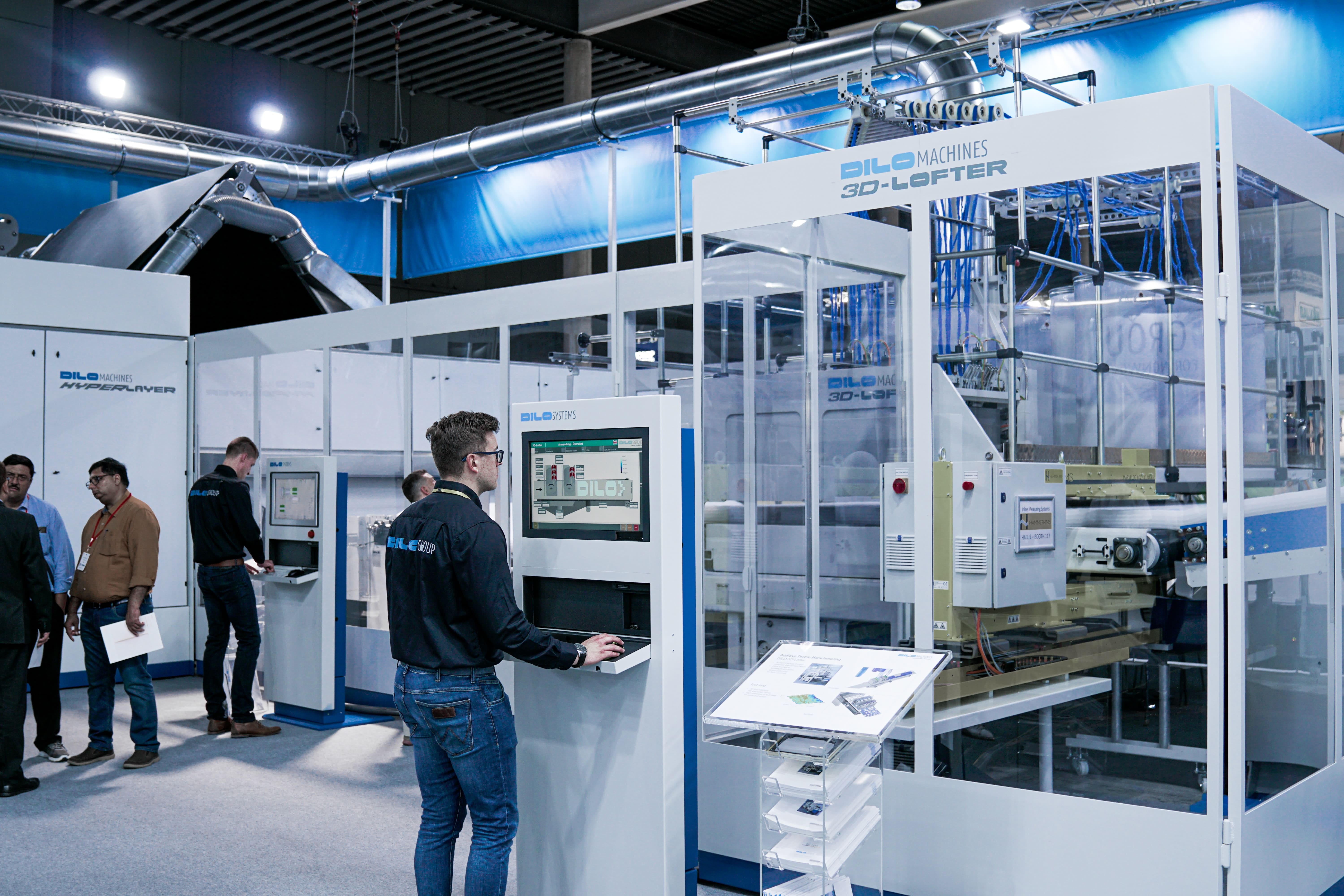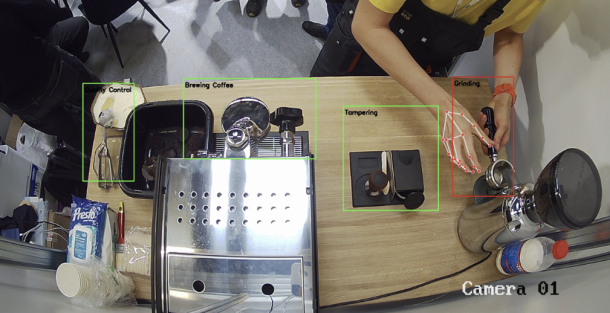Objectives of Lean Manufacturing
What are the Key Objectives of Lean Manufacturing?
There are 3 key objectives of LM. They are Quality, Cost, and Delivery.
Quality:
By increasing the quality level of a production system one reduces the number of various errors, repairs and rejects. As a result you have a less unnecessary usage of company resources. It leads to lower total operating costs.
Cost:
The production process takes over many costs; beginning with human resources, all equipment and raw materials, the whole way up to the final product. Productivity increases when a donnée of resources generates more finished goods at the end of the process, or, vise versa, when less initial resources are needed to yield the same volume of end products.
Delivery:
Reducing throughtime is a goal that all companies worldwide strive to accomplish. Throughtime is the time that lays between the company acquiring raw materials and receiving payment for the end products. Reducing this time helps to produce more products in the same amount of time. It means better rotation of resources and the ability to react faster and satisfy customer needs with flexibility.
How to implement lean manufacturing
IDENTIFY VALUE & WASTE
Upon preparing your company for Lean, the implementation process as it is must start by correctly recognizing value-adding activities from wasteful ones. It is obvious for anyone aware of Lean. The “how” part of the scheme requires the Lean change leader or the Top change agent who will to conduct an examination of your current system. A precise evaluation between providing an objective view and developing action-items is essential.
TRACK PERFORMANCE
Your must is to start and continue tracking the performance of the Lean implementation.

One method of doing so is based on the process of relying upon analytics by collecting data across each and every step of your process. Plus, set-up key-performance indicators (they are called KPI) as goalposts. The goal is to sharply follow if your transition to Lean is reaching those KPIs.
FOCUS ON CONTINUAL, LONG-TERM IMPROVEMENT
As you have succeeded in implementing Lean across your value stream or streams, then you must continue with the good habits that have been built during the transition.
A critical aspect of Lean is non-stop learning and improvement. In reality, there is no ‘final’ goal but for simple removing (as well as preventing) wasteful processes and delivering value to the customer. If there is a change in manufacturing technology or even complacency, new wasteful processes might emerge in the future.
Because of the lack of expertise; training; change management; data, and buy-in the task of implementing Lean manufacturing becomes difficult.
Your best bet for change is to strengthen a roster of Lean experts and tools. Nonetheless, Lean experts are a finite resource and typically not a luxury many companies could justify hiring internally.
Pros and cons of lean manufacturing
Advantages:
1. Waste Minimization
Lean manufacturing is able to efficiently minimize waste in a production facility. This is arguably the key significant benefit of LM. Waste is defined by any activity that is not adding value to the process. Common waste areas are: motion; inventory; waiting; overproduction. PLus, defects; transportation, and over-processing. As company usually sits on large amounts of inventory and waste, this very process eliminates outdated or aged inventory. In addition, the process reduces the costs within the operation.
2. Enhanced Customer Relationships
Lean focuses on loyal customers' concerns and suggestions in oreder to cut some wasteful processes. Rather than focusing on the needs of all of their customers, companies can focus on their loyal customers when the goal is to build strong and reliable relationship. This way, your customer interactions would improve and the relationships with your trusted customers would offer a steady flow of revenue coming in.
3. Lean Infrastructure
A lean infrastructure means that you are only dealing with a few components: building; tools; supplies; equipment, and labor so as to fulfill near-term inventory demands. The facility is supposed not to waste space within the operation. It enables the facility to come as close as it is possible to production efficiency.
Disadvantages:
1. Equipment Failure
Lean has almost no room for error. Equipment or labor failure could lead to major inconsistencies. Moreover, it could make the entire operation fall behind. Within other mass production facilities, employees are able to move from one machine to another in the event of a breakdown. In lean, there are not many other places for employees to move to as everything within the operation is being utilized. Plus, the breakdown of a machine must be fixed in no time because there are usually no alternative resources to do the work. That is why it is important to stay on top of all machine maintenance and inspections.
2. Delivery Inconsistencies
In correlation with equipment failure, LM sould lead to delivery inconsistencies. Using various Lean techniques means that your error margin becomes smaller. If your supply deliveries are late, your workers may not have enough raw materials to meet customer demands, and as a result provocate late deliveries. This disadvantage could hinder customer relationships. Moreover it can push customers towards your competitors, and finally cost you revenue.
3. Employee Dissatisfaction
Adopting LM processes requires change among employees to more efficient production schemes to ensure that quality products are being made. This could be risky if employees reject the new methods. Be ready to have wise managers who can help support and persuade the change from one technique to another.
Brief history of lean manufacturing:
So, what is lean manufacturing? It is the ideology first of all. It is based on improving efficiency of the production process while increasing productivity and at the same time reducing wastage. The inspiration came from Toyota’s 1930 operating model. It was dubbed “The Toyota Way.” The western adoption of the ideology was done by John Krafcik, Daniel Jones and James Womack.
Understanding and following lean principles foster a culture of continuous improvement
Every industry’s desire is to improve its efficiency and to enhance its production agility. Plus, it is great to reduce operating costs as well as to increase operating margins. One of the proven ways to achieve all these 3 goals is to embrace the principles of lean manufacturing.

Lean manufacturing stands on 5 core principles:
Value: The production process is adjusted towards the specific value which is desired by customers.
Value stream: Find out the value stream for each product and then remove all the unnecessary steps that do not contribute any value to the customer.
Flow: Once all the steps adding value to the customers are chosen, make the product flow continuous.
Pull: Pull is established between the steps that are conducive to continuous flow.
Perfection: Continuous improvement towards perfection. This core tenet is introduced to make lean manufacturing a part of organizational culture, not just a final goal.
Adopting lean principles in manufacturing means adopting these 5 core tenets as the driving force for production processes.
Benefits or key advantages of lean manufacturing:
Lean manufacturing leads to a range of benefits for any production processes. Some of the main benefits that are come together with lean manufacturing include:
Inventory reduction. Lean manufacturing is a way to make the production process and supply chain highly efficient. So, you need not have a large inventory stockpile which has its cost.

Labor costs. Lean principles are introduced to make the labor force more productive. As a result, you have less labor costs relative to the output.
Time reduction. Efficient processes with a productive labor force enable producing finished goods in less time.
Space reduction. When the majority of the unnecessary steps are removed from the process, space on the factory floor is made available. It leads to improving the workplace environment.
Optimizing quality. Another continuous improvement aspect of lean manufacturing is a constant pursuit of delivering higher value to customers. In the majority of cases try to solicit customer feedback. All customers value quality and improving product quality becomes a primary value driver.
Hewlett-Packard implemented several lean principles in 4 of their divisions. A case study interrelated with the implementation let out the benefits below:
Reduced inventory (by up to 75%);
Reduced labor costs (by up to 50%);
Space reduction in a plant workshop (by up to 50%);
Increase production (by 100%);
Expanded number of shipments (by up to 20%).
The culture of continuous improvement:
Every common mistake that companies make during lean manufacturing implementation is a result of a lack of understanding of the lean principles. Once that goal is achieved, you will realize that building a lean culture is the most important element of success in lean manufacturing. Then all the desired improvements in efficiency and elimination of waste are inevitable.












